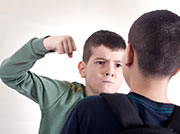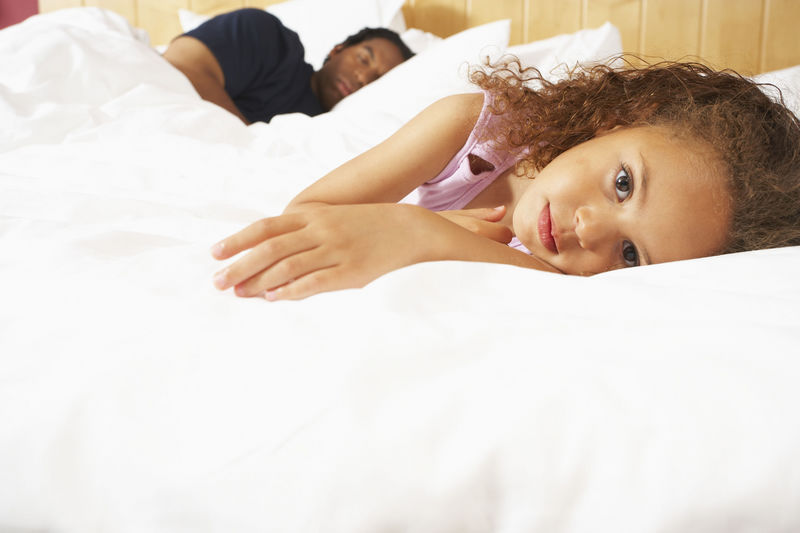
MONDAY, Sept. 8, 2014 (HealthDay News) — While a burly kid on the playground may be the stereotype of a childhood bully, a new study suggests some of the most damaging bullies are as close to home as you can get: They’re siblings who tease, make fun of and physically hurt their brothers and sisters.
Youngsters who were bullied by siblings were more than twice as likely to report depression or self-harm at age 18 as those who weren’t bullied by siblings. They were also nearly twice as likely to report anxiety as they entered adulthood, according to new research.
Although the study only found an association and doesn’t prove that these factors resulted directly from sibling bullying, “we believe it very likely that interventions to reduce sibling bullying would improve children’s mental health in the longer term,” said study lead author Lucy Bowes, a postdoctoral research fellow at the University of Oxford.
Bullying has received tremendous attention in the United States in recent years. But there’s been much less research into bullying among siblings.
In the new study, Bowes and colleagues examined the results of studies of just over 2,000 people in the United Kingdom who were surveyed via questionnaire in 2003 and 2004 at an average age of 12, and then answered a survey again at the age of 18.
The researchers defined bullying as “acts such as name-calling, being made fun of, as well as more physical acts of violence, like being hit or kicked,” Bowes said. The kids who experienced the most bullying were most likely to report problems at the age of 18.
The study design didn’t allow the researchers to pinpoint the exact level of extra risk that the most-bullied kids faced of being depressed, anxious or hurting themselves. However, “just over 10 percent of our sample reported being bullied several times a week, and in this group there was a significant risk of psychiatric ill-health,” Bowes said.
The research didn’t compare the effects of sibling bullying to other kinds of bullying, but the study pointed out that there’s “little opportunity for victims to escape” from bullies when the tormentor is a sibling.
Bowes said it’s not clear whether the bullying actually caused the later mental problems or if something else — perhaps being sensitive and vulnerable — could have contributed to both bullying and the mental problems. The study also didn’t look at whether any of the victims were also bullies themselves and whether that factor could have affected their later mental health.
Parents should keep an eye on sibling rivalry, advised Rachel Annunziato, an assistant professor of clinical psychology at Fordham University in New York City, who reviewed the study’s findings.
“Then it’s important to assess how often it is occurring and how our children react to it,” she said. “These are conversations that we should consider having with our children individually but also as families.”
Study lead author Bowes had advice, too. “We know very little about what might help stop the bullying. However, in my own research on school bullying, we’ve found that parents can support their children by listening to them, and providing warmth and support,” she said. “This can help both victims and bullies alike.”
The study was released online Sept. 8 in advance of publication in the October print issue of Pediatrics.
A second study, in the same issue of the journal, suggests that if children start having problems at night with nightmares, night terrors or sleepwalking, parents might want to talk with that child about bullying.
That’s because the study of almost 7,000 children found a significantly increased risk of nightmares, night terrors or sleepwalking — collectively known as parasomnias — in children who were being bullied.
The odds of any parasomnia in an 8-year-old child who was the victim of a bully were increased by 42 percent compared to children of the same age who weren’t affected by bullying. At the age of 10, the odds of having any parasomnia jumped by 75 percent for children affected by bullying, the investigators found.
Nightmares were the most common parasomnia for children who had been bullied, according to the study authors, Dieter Wolke and Suzet Tanya Lereya, of the University of Warwick in England.
More information
For more about bullying, go to stopbullying.gov.
Copyright © 2025 HealthDay. All rights reserved.

